Valentine’s Day In Space: Share Your Love With A Cosmic Postcard
Love can be a huge emotion, one that's daunting and massive ... much like space. There are astronauts aboard the International Space Station celebrating Valentine's Day in space and the universe has its own way of showing it's a romantic, including hearts on Mars and love-themed cosmic phenomena.
Even NASA's Mars Rover Curiosity is getting into the Valentine's Day spirit. You can send a Martian Valentine to your special someone. There are several photos to choose from and you can customize it with a personal message. Most of the cards feature great puns like "You rock my world" and "You make a big impact on me." There's also a great poem that you should remember for future reference: "Mars is red, Neptune is blue. I saw this crater, and thought of you!"
If you're looking for something more cosmic, you're in luck. Nebulae shapes and impact craters are perfect for Valentine's Day.
A Cosmic Heart
The Heart Nebula, IC 1805, is located about 7,500 light-years from Earth and stretches 200 light-years across. A mix of gas and dust, stellar winds from hot young stars helped to create its romantic shape.
Galaxies Combine To Create A Rose
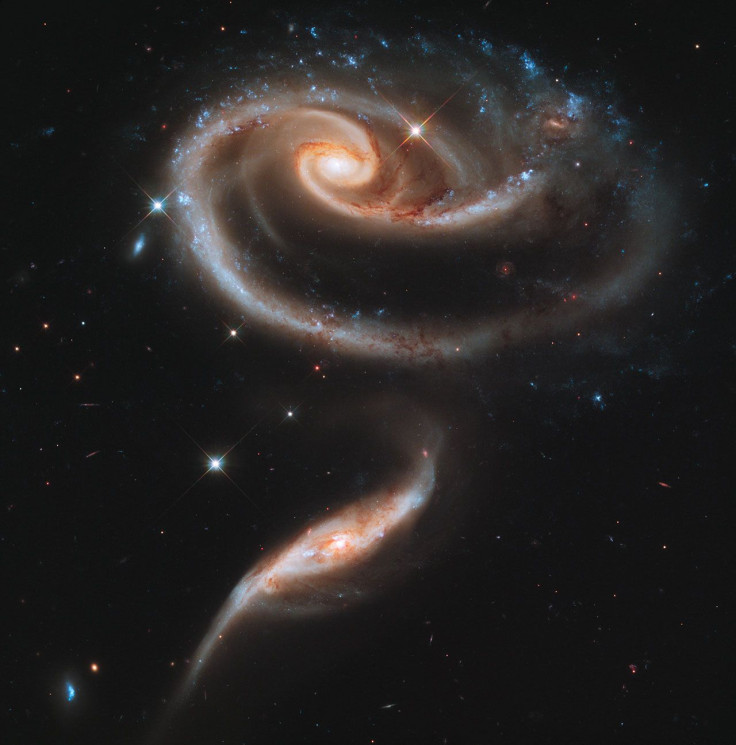
Galaxies UGC 1810 and UGC 1813 combine to form this galactic rose. The Hubble space telescope captured this image of the interacting galaxies located 300 million light-years from Earth.
A Rose By Any Other Name
You can easily see why NGC 2237 is better known as the Rosette Nebula. NGC 2237 belongs to NGC 2244, an open star cluster, and its petals act as a stellar nursery for new stars.
A Heart and Soul
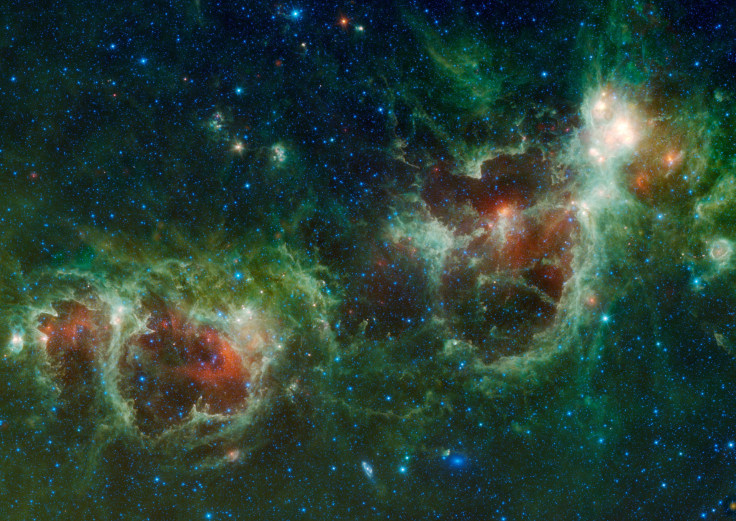
Making its second appearance on the list, the Heart Nebula is joined by its neighbor IC 1848, or the Soul Nebula. The nebulae are located around 6,500 light-years from Earth.
A Perfect Necklace

The bright debris of PN GO54.2-03.4 forms a necklace. The Necklace Nebula is what is left over from a dying star much like the sun.
Seeing Love In The Sky
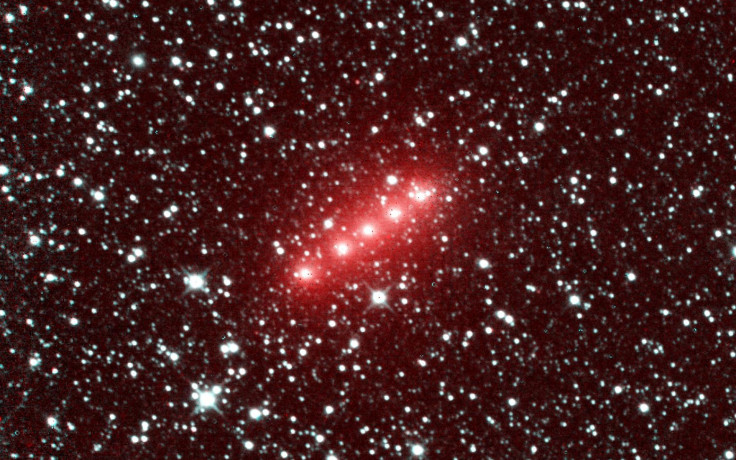
Valentine's Day came early for observers on Earth. The much ballyhooed appearance of Comet Lovejoy took place in January, and the passing object was visible with some luck with the naked eye, and more easily observed with a pair of binoculars.
A Flower
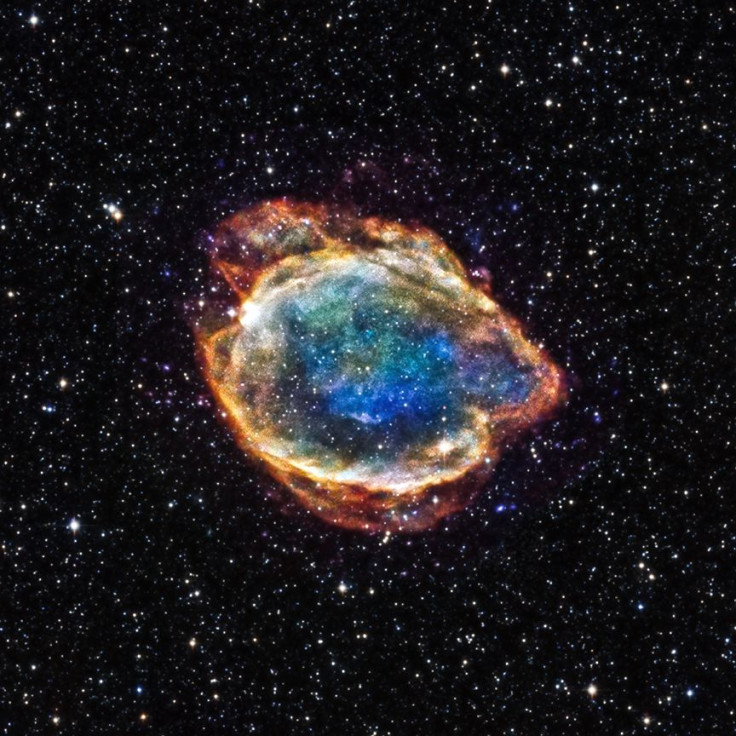
This supernova remnant is blooming much like a flower. NASA's Chandra X-ray Observatory was left over from a Type Ia supernova, likely due to a white dwarf star taking too much matter from its companion. The white dwarf star would become too massive and collapse, triggering a runaway nuclear reaction and explosion.
Heart-shaped Craters
People see things on Mars all the time, but you don't have to convince anyone that these impact craters look like hearts.
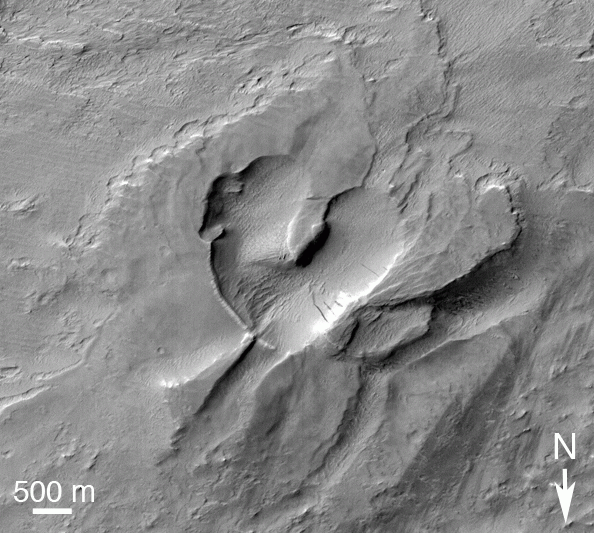
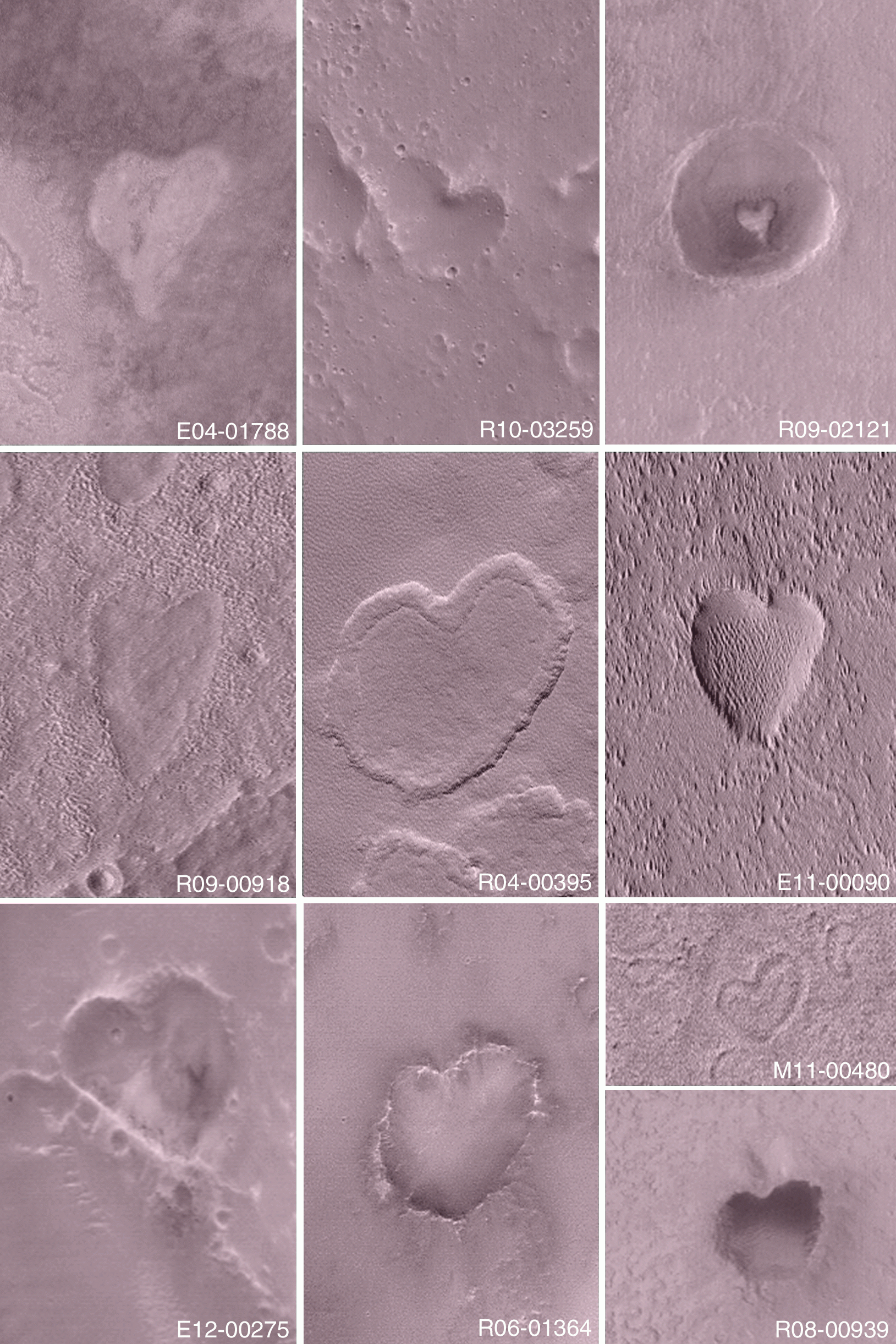

© Copyright IBTimes 2025. All rights reserved.






















